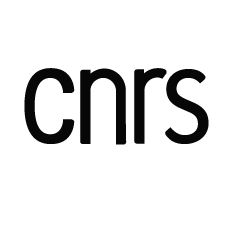Journée thématique franco-brésilienne 27/06
scalab Manifestations scientifiques SéminaireJosé Barela et Sérgio Rodrigues (Bresil), Mélen Guillaume et Cédrick Bonnet (ULille)
Titre: Journée thématique franco-brésilienne
Abstract:
- Introduction of the Brazilian research projects focusing on two main themes:
- Visual stimulation to perturb postural control in the standing position (presentation of the moving room paradigm)
- Goal-directed control of action when driving (presentation of the driving simulator).
- Introduction of Fractal analyses studied in Lille: general definition and discussion of results in a study focusing on postural control in visual tasks (fractal analyses of eye movement and of postural sway)
Detailed Abstract:
Driving simulator and moving room paradigms: Coupling between sensory cues and motor performance (2 pm to 3 pm
Effective performance of any motor action requires the use of sensory cues about the environment and the relationship between the body and the environment. More interesting is that much of this relationship between sensory cues and motor performance occurs with little or any awareness of the performer and also in a predictive fashion, characterizing a perception-action coupling. In this presentation, we will detail the usage of a driving simulator and eye-head tracking paradigm to uncover strategies and procedures to measure gaze strategies and performance in different conditions. In addition, we will discuss the use of pupil dilation measurements to examine attentional involvement and cognitive workload in all these simulations. The coupling between sensory information (vision and touch) has also been examined through the moving room/touch paradigm. This is also a unique approach because, in our manipulations, the sensory cue characteristics (input) are controlled (i.e., amplitude, velocity – to avoid participant’s awareness) and from examining the participant’s response, several variables can be obtained (e.g., gain, coherence, variability).
Introduction to Fractal analyses (3 pm to 3:30 pm)
Fractal analysis are nonlinear methods used to analyze the intrinsic nature of time-series. In the first part of the talk, we will define the concept (geometric fractality; temporal fractality; fractal dimensions) with illustrative examples from biomedical studies. By default, the environment around us has fractal properties and we will discuss/define how to study these properties (with monofractal and multifractal analyses). Healthy behaviors are characterized by fractal properties and pathological conditions (e.g. Parkinson’s Disease) can impair fractal properties in many biomedical signals such as heartrate, center of pressure, EEG, walking, respiration (…). For these reasons, fractal analyses are relevant tools to study both healthy and unhealthy behaviors. In the second part of the talk, we will present results of a study conducted with healthy young adults standing and performing free-viewing exploration of large images.
